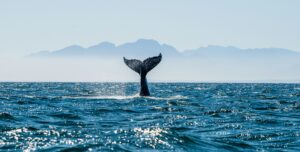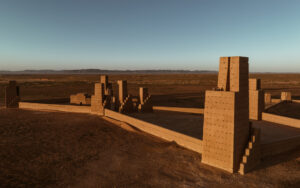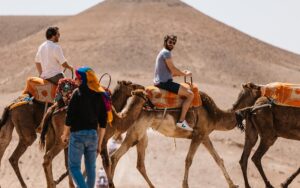Paddle Power: A two-day Douro River kayak journey
Padding quietly down the Douro River, where the calm is only broken by the slicing of paddles as they whoosh through the water, is like a moving meditation. Kayaking is a unique way to see Portugal’s most famous river valley, whose green cliffs and rolling vineyards, soft riverbends and gentle flowing water appear like something from a 19th-century oil painting.
It’s rare to see another soul in sight when we launch kayaks into the calm waters at Barca d’Alva in the upper Douro River, less than a kilometre from the Portugal-Spain border and located within the Douro International Natural Park.
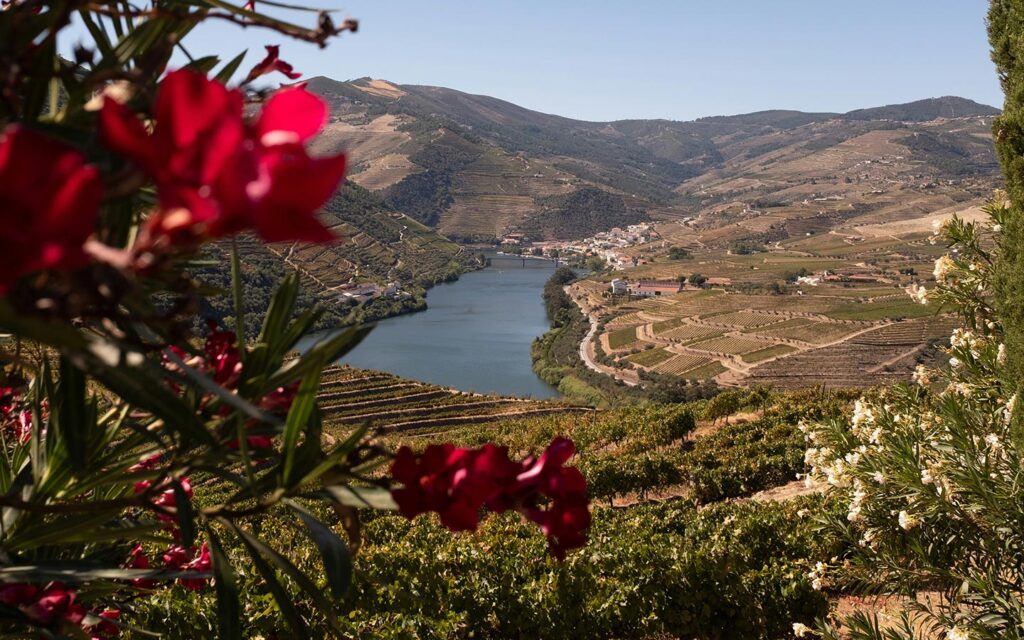
A slow journey kayaking down the Douro River
We caught up with Epic’s adventure specialist Horácio Alves to find out more about what it’s like to kayak down Portugal’s most famous river over two days.
“Barca d’Alva is my favorite part of the Douro because it really represents what the Douro used to be like years and years ago. It’s still raw and real, without commercial intervention,” says Horácio.
“In this unique stretch of river you’ll find vineyards. But you also have almond trees, which are so beautiful to see during April when the blossoms are flourishing and the trees pop with a light pink tone against the verdant vineyards.
“It’s just this beautiful, soft landscape. In the southern Douro you have the famous terraces, but up here you can just plant on the landscape and it creates a brilliant gradient.
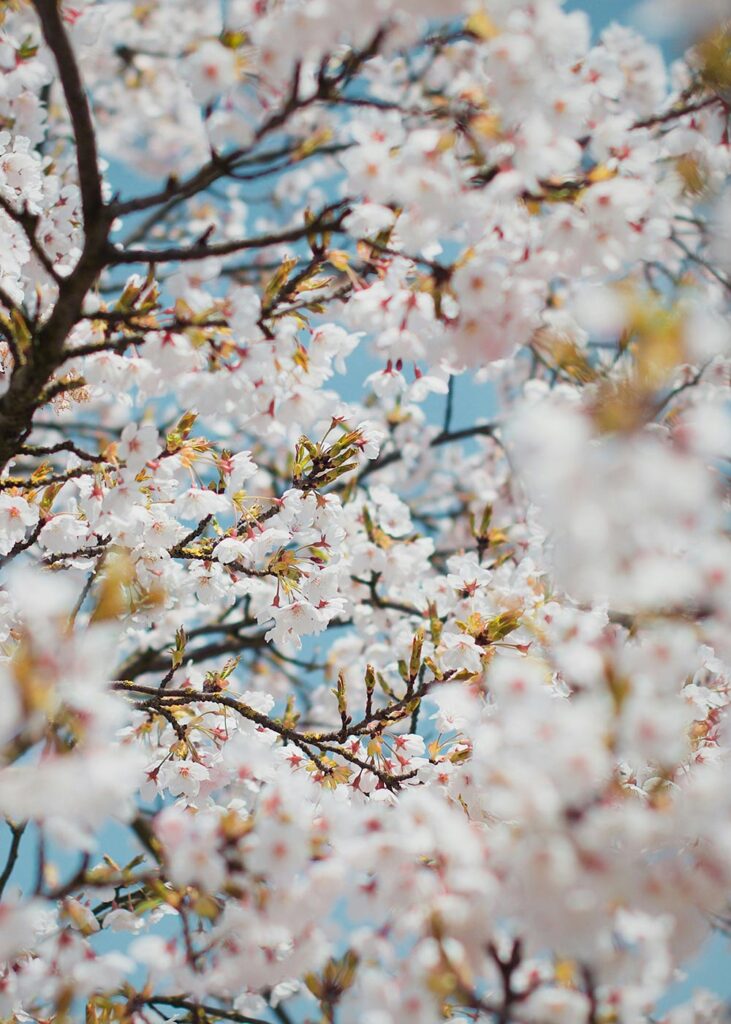
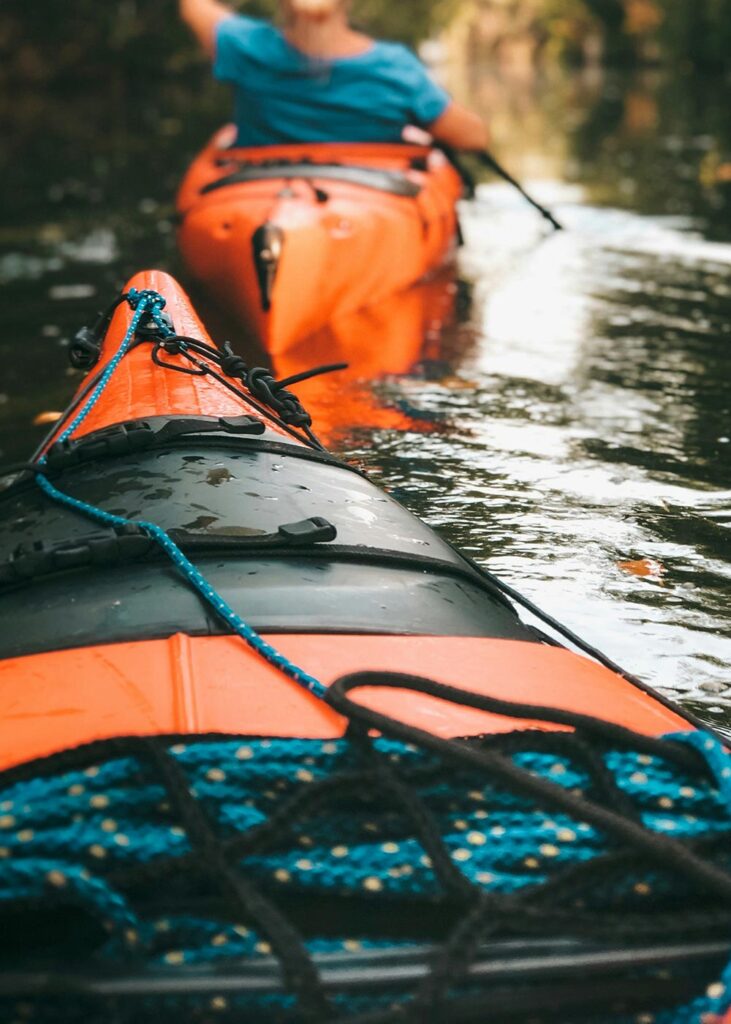
“Epic’s two-day kayaking trip is purely kayaking downstream on the Douro River from Barca d’Alva to Vila Nova de Foz Côa. We’re doing around 10 kilometers (6 miles) of kayaking per day, and we are camping at night at a beautiful spot with nobody around. It’s wild camping. We have special tents set up ready for when we arrive.”
Fancy exploring the wild beauty of the Douro River by kayak? Reach out to us at info@epic.travel
What’s it like kayaking in the Upper Douro River? Is there anyone else on the water?
“There is no one!” says Horácio. “Picture the beautiful Douro landscapes with vineyards and greenery, but with more rocky cliffs and a raw edge. And think of an empty river.
“It’s just us out here, and it’s magic.
“If you are kayaking, you don’t want boats to be passing every five minutes or so, so that’s why kayaking from Barca d’Alva to Vila Nova de Foz Côa is simply perfect.
“It’s easy to navigate, because you’re following the stream. And kayaking is a nice experience that really connects you to nature and it gives you a different perspective on the whole region because you’re watching it from the river.”
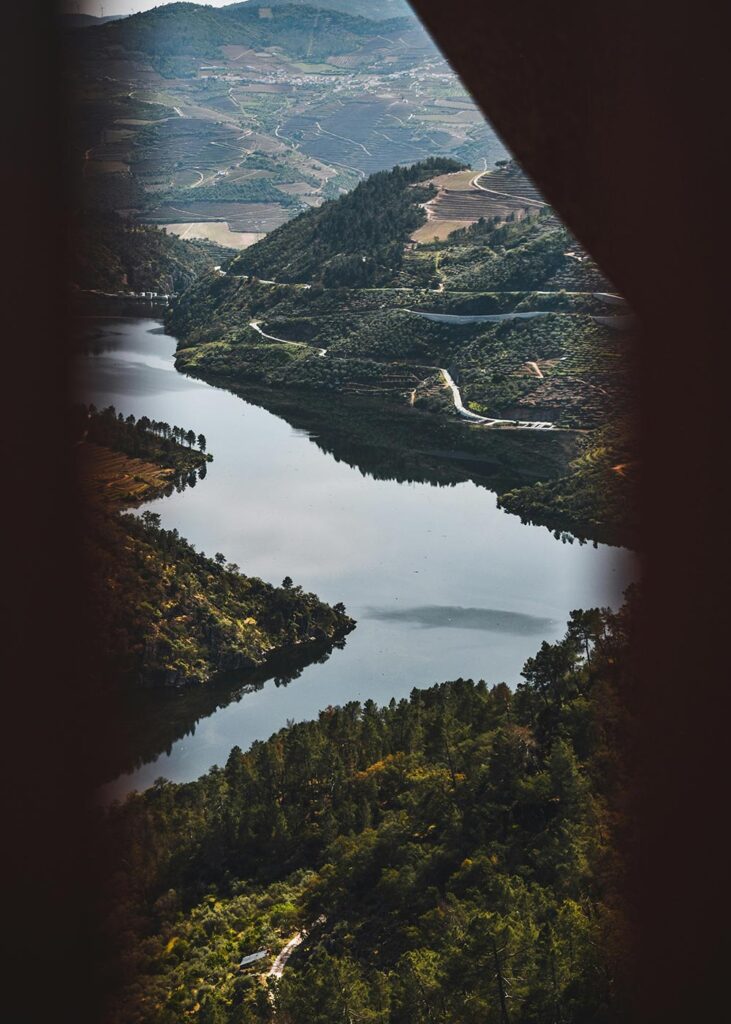
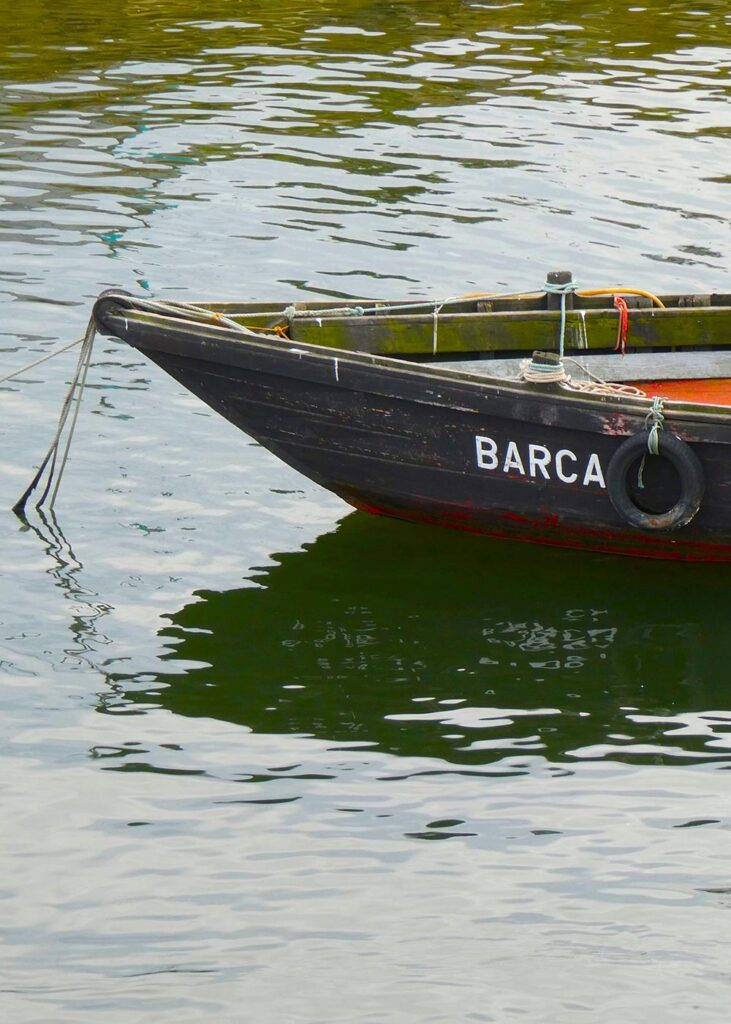
“There’s a difference between between kayaking and going on a boat, just like there is a difference between cycling and a motorbike. You may feel the same, but the fact is that you’re working for it,” says Horacio. “It makes the experience deeper as you have to earn the experience.”
Read next… Motorcycle Diaries: An Epic Ride From the Douro Valley to the Alentejo
How long does it take to kayak 10 kilometers on the Douro River?
Each day this trip covers around 10 kilometres (6 miles) of river, so how long does it take? Horácio estimates we paddle at a speed of around four kilometres (2.5 miles) per hour.
“And sometimes the conditions are different – on one trip we had two kids, ages 11 and 16. With them, things took a little bit longer. But the way we do it is very flexible – and we have a small boat and captain with us, so the kids could hit pause and jump on the boat for a while too.”
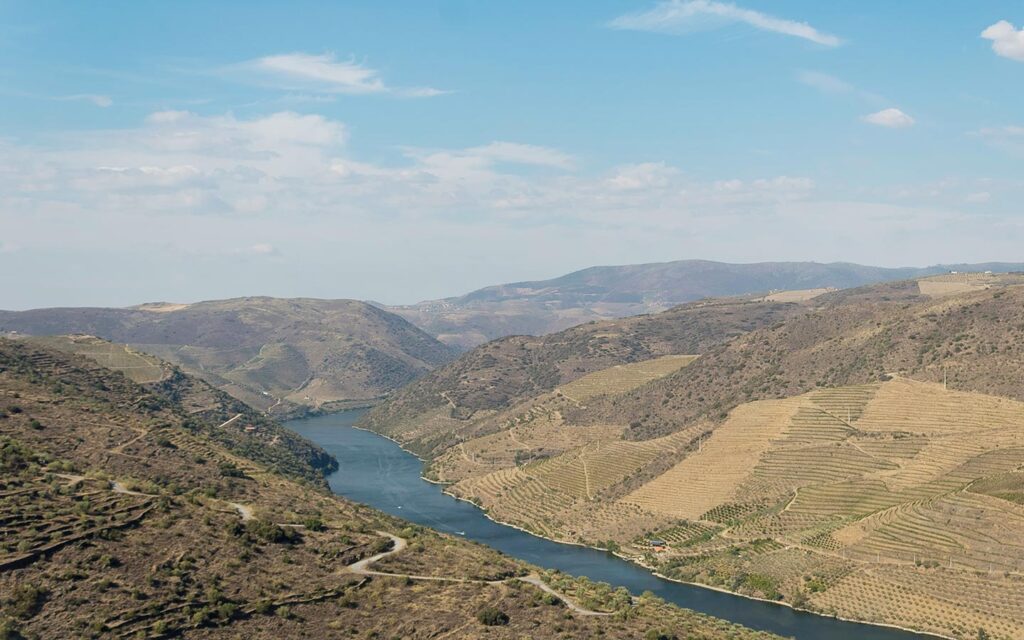
As you paddle, a local guide is in the river beside you sharing stories about the region, which is famous for its ancient rock carvings that date back 30,000 years. You’ll learn by talking about the geology and biology of the place.
“If you’re not really into kayaking, paddling that far without context and storytelling is a bit much. Our guide is brilliant and she brings a lot of energy to the activity.”
What’s your favourite thing about the Douro River kayaking experience?
“One of the things I love about these kinds of experiences is that when we are out there kayaking we are stripped of all our possessions and material things. It’s just us and that connects us to the roots of the experience and to each other,” says Horácio.

Read next… The Epic Hot List: The Must-Do Experiences in Portugal in 2024
What other activities do you do?
Horácio says while the main event is kayaking, there’s so much more to the trip. Each day weaves in culture, sightseeing, adventure, gastronomy, and river swims!
“When we are at camp, we’re pretty flexible,” he says. “We eat whenever our travellers want to eat, we hike if they want to, or we give them space. There’s a great little hike to an old abandoned railway that goes over our camping spot. Once we went to explore the tunnels of the railway, then came back to have fun with some stand-up paddle boards.”
Luis, the boat captain, wears many hats. He’s a boat driver, fisherman, and a skilled Portuguese cook. He holds a fishing license for the Douro River, so after a day paddling down the river you can try your luck catching dinner too.

Horácio says the group often connects even more while preparing a meal together.
“I love having kids on this kind of experience because we can show them our Portuguese cuisine, and try to teach them how to grill the fish and what’s the best way to do it,” he says.
While usually Horácio leaves his clients to rest in the evening, this special experience often calls for a shared meal with the whole group. It’s all about flexibility, so it depends on the clients, of course. They might stay up late, drinking wine and telling stories together.
Read next… Alternative Algarve: The off-beat guide to Portugal’s Southern Coast
What’s the camping like?
“I would say somewhere between camping and glamping – it’s not as fancy as the glamping thing, but definitely a step up from the camping as we really know it,” says Horácio. “It’s a really beautiful spot.”
Someone local to the area sets up the camp, ready for when the kayaking group arrives. Usually it’s the father of Luis, the boat driver, who doesn’t speak English but does a brilliant job welcoming the group to the camp. He’s there to make sure the group has everything they need, and will even dash off to get something at the shops in the closest town or village.
Read next… Uncorking Portugal: 6 under-the-radar Portuguese wineries
What is day two kayaking down the Douro River like?
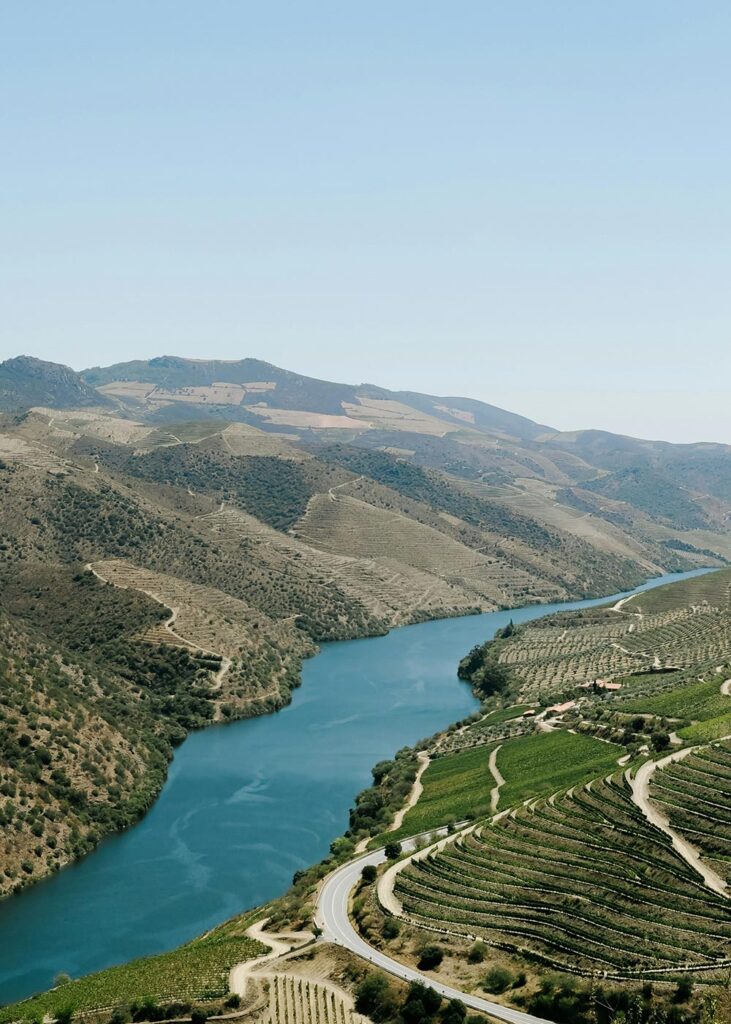
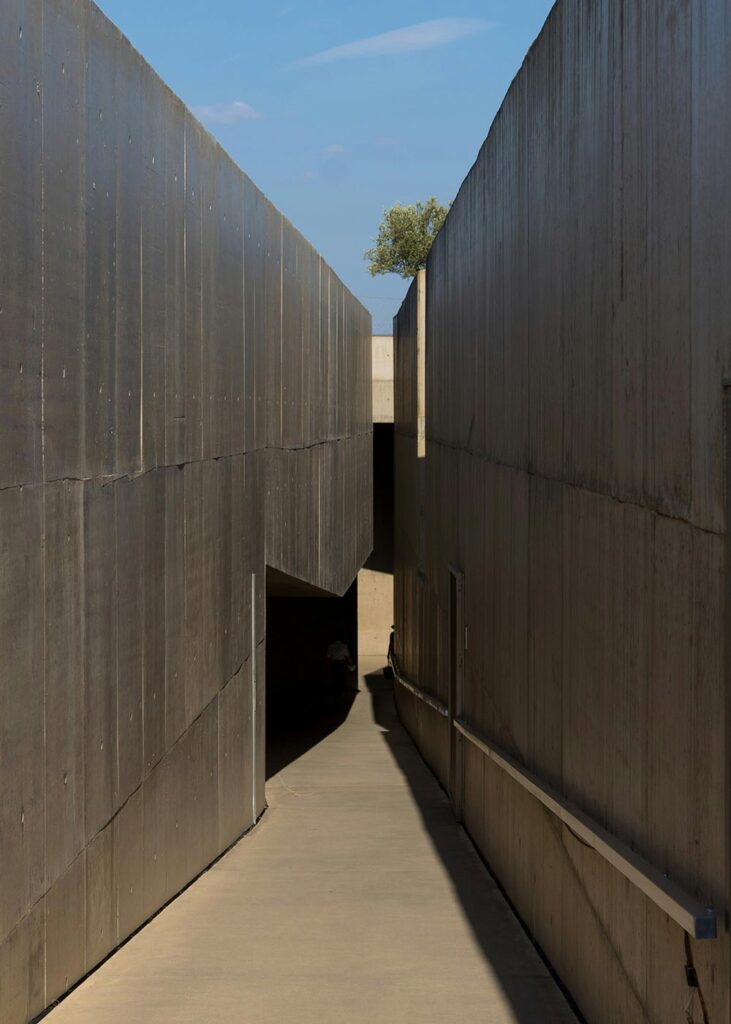
“We prepare breakfast for the group, then try to set off around 10am. But of course, everything is flexible depending on how tired everyone is,” says Horácio. “At our final destination there’s a nice bridge. If we leave early enough, there’s time to jump off it into the river and that’s a cool way to end the journey.”
Usually the second day it takes between two to three hours to paddle from the campsite to Vila Nova de Foz Côa. Here the stream is a little bit stronger so the current helps a lot!
Lunch is at the Côa Museu, a magnificent and modern building designed by some of Portugal’s top architects as a tribute to the rock art of the region. You’ll sit on the expansive terrace that overlooks the river, and feast on a delicious meal that makes use of local ingredients, such as almonds.

“This is the first contact we have with civilization again,” says Horácio. “It’s a really nice restaurant, and the contrast of raw nature with this entry back to society makes it a very cool experience.”
After lunch, a local guide takes the group on a quick tour of the mammoth museum then guests are free to explore as they wish.
If you’re interested in kayaking on the Douro River, reach out to our team at info@epic.travel and have us plan your perfect trip to Portugal.
Latest Blogs
- Do something different this year…Epic are for the adventurous at heart, if you want to try something different this year we’ve got plenty of ideas to inspire you with.
- The Marha Triangle Experience- ‘where the earth meets the stars’Enjoy an off-grid adventure to the Marha Triangle, where the earth meets the stars – stay within iconic land-art created by a German artist-architect.
- Morocco Unleashed: A high-octane break for high-performing teamsIf your team thrives on gladiatorial challenge, connection and next-level experiences, Morocco is your arena. Let’s unleash it.
- The 72-hour Reset: The Azores’ luxury wellness adventure you can do in a weekendIn a long weekend, you can push your limits climbing the slopes of Mount Pico, trek through volcanic vineyards, plunge into the ocean and refuel with seasonal chef-led meals.
